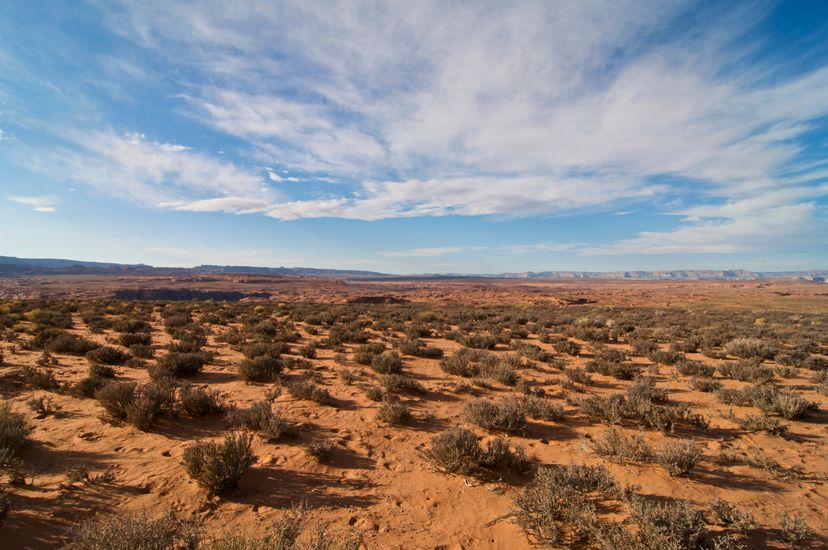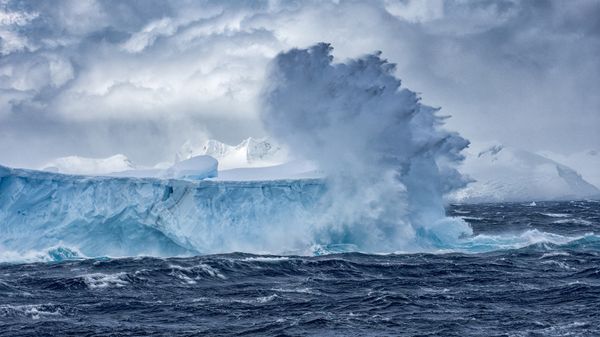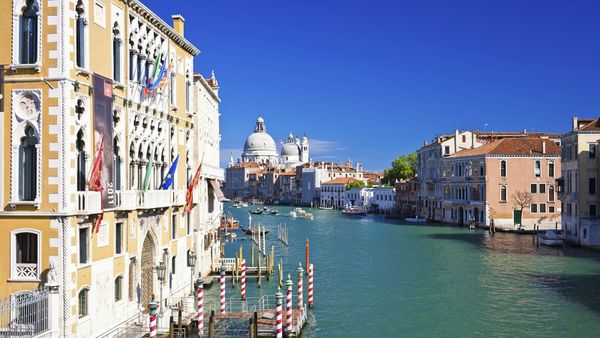People would have to move. Humanity's only hope would be the window when the Antarctic ice sheet was still intact, prompting massive migrations to the Southern Hemisphere. As temperatures across the globe rose and Earth's surface became uninhabitable, all of our energy would go toward collecting Antarctic ice underground, where it would be safe from evaporation.
We might try to build some kind of self-sustaining biosphere underground, but Antarctica's remoteness would make it difficult. Just getting there would be hard enough, given the unpredictable sea level. And survivors would find a flooded wasteland and no infrastructure or resources — no mines, no roads, no food. It's unlikely enough people would survive to finish the project. The few remaining stragglers would dwell in underground bunkers.
Things would get worse. On the planet's surface, all plant life is gone. As the world burns, the atmosphere would become less and less oxygenated, perhaps becoming unbreathable for humans, even if they could somehow tolerate the extreme surface temperatures. The land would fry.
Assuming humans could survive much longer in our Antarctic bunkers, there would be no way to restart a healthy carbon cycle or bring temperatures back down to reasonable, livable levels. As humans ran out of the scant resources we'd packed along to Antarctica, we'd die off. Earth's only survivors would be small colonies of chemosynthetic bacteria hidden underground in hot springs. Without oceans, everyone else dies.


